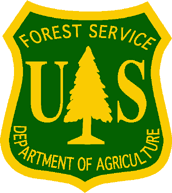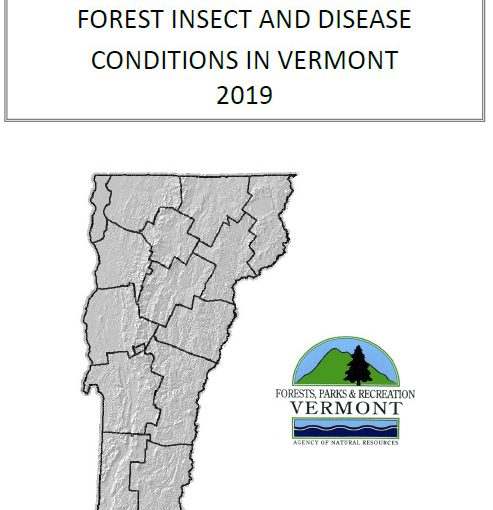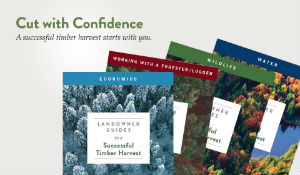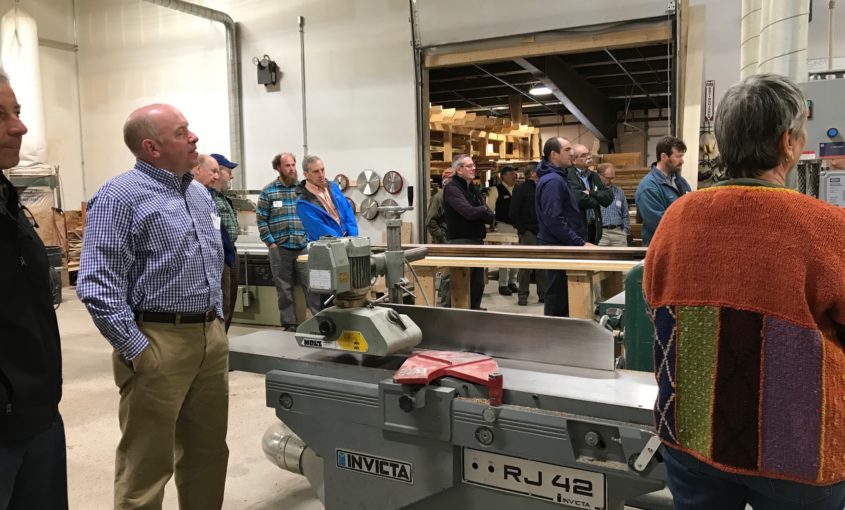Agroforestry is ‘win win’ for bees and crops, study shows
Planting woody plant species alongside crops could double the number of insect pollinators helping farmers produce food, new research has demonstrated for the first time. The study, led by the University of Reading and published in the journal Agriculture, Ecosystems and Environment, provides the first observed evidence that agroforestry increases wild insect pollinator numbers and
Read More...










